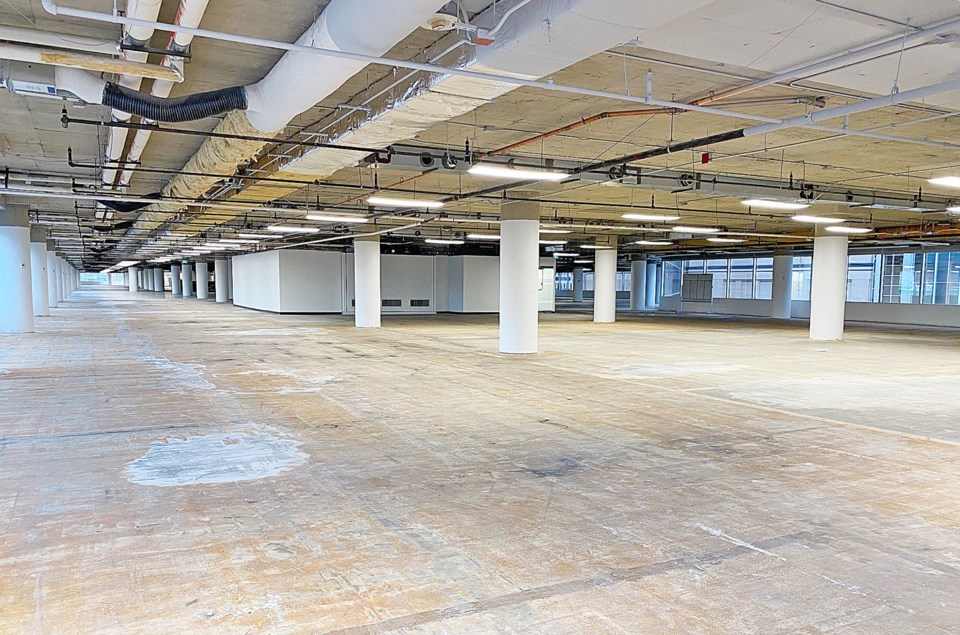Since the start of the COVID-19 pandemic, the nature of “workspace” has changed. Previously novel ideas such as “working remotely”, “hot desks”, and a three-day workweek have become commonplace. As such, many businesses find themselves with more office space than they need, which is an unnecessary drain on finances.
On the other hand, many businesses hope to bring their staff back to the office on at least a semi-regular basis to maintain and improve corporate culture, encourage collaboration, provide mentorship to younger employees, and maintain productivity.
So, what does a company do when they have more office space than they need? How does a company maintain control of space they don’t need now, but hope to use again in the future? It is important to remember that the terms of the lease will dictate the relationship between the tenant and landlord.
There are typically three answers: default, early termination, and subleasing.
Default: Simply put, the tenant stops honouring their lease obligation. In most cases, the tenant moves out surreptitiously (a “midnight move”) and stops paying rent. Such a breach of the lease triggers the landlord’s default remedies which typically include (a) forfeiture of the deposit held by the landlord, (b) the landlord’s right to seize and sell the tenant’s chattels (desks, computers, etc.) even if they have been removed from the office building (the legal term is “distress”), and (c) suing the tenant for damages, including loss of rent and expenses incurred in finding a new tenant. If the company has financial assets, it is likely the landlord will succeed in their lawsuit and thus there is no enduring financial benefit to the tenant. There is also the damage to the business’ reputation and that of its owners. A company that has previously defaulted will find that other landlords refuse to lease them space in the future. Thus, defaulting on a lease can have both immediate and long-term risks and it is best to review your options with your legal counsel to fully understand potential repercussions.
Early termination: Some leases will include a right for the tenant to terminate their lease early, freeing them to then lease alternate, more suitably sized office space. However, this must have been negotiated prior to the lease being signed as it is not a standard lease term. If such a right exists, it typically comes with costs; including (a) payment of a lump-sum to the landlord, and (b) reimbursement of expenses incurred by the landlord to originally secure the tenant, such as leasing fees, any improvement allowance and landlord’s work to the premises. If the lease does not contain such a right the tenant’s commercial realtor may still be able to negotiate an early termination with the landlord. The landlord may agree if they feel they can lease the space to another tenant at a higher lease rate, or if they feel the tenant is likely to default and they will soon be left with a vacancy anyways. Regardless, there will be costs to the tenant to affect an early lease termination, but it does settle the matter amicably. There is no risk of a lawsuit, costs (when negotiated) are certain, and the reputation of the tenant and its owners is maintained.
Sublease: This is the most popular option for tenants to reduce costs associated with excess office space. Most leases include some right of sublease, but it is important to have a commercial realtor negotiate subleasing rights prior to the lease being signed to expand those rights as much as possible. There are restrictions on the right to sublease (again, check your lease) but first and foremost a tenant usually must be current with their lease obligations, or the landlord will not consent to a sublease. It is important to note that a sublease does not relieve the tenant of their responsibilities: the tenant continues to pay rent, in full, to the landlord. However, they will be reimbursed by their subtenant by the amount agreed by those parties in their sublease agreement. There are costs to affecting a sublease, including (a) an administration fee to the Landlord, (b) subleasing fees to the brokers negotiating the transaction, and (c) typically a subsidy of the rent since a subtenant is in a strong position to negotiate a sublease rent lower than what the tenant is paying to the landlord. Nonetheless, a sublease allows a tenant to reduce their costs while maintaining their reputation. Moreover, a tenant may choose to sublease only a portion of their space which allows them to continue operating in a more suitably sized space (and avoid moving costs) while also being able to recover the sublet space at a future date when they are ready to occupy that area again.
When considering how to deal with excess office space it is important that a company and its principals engage a commercial realtor and their lawyer as soon as possible to understand their rights and opportunities, gauge their options in the marketplace, and position themselves early to secure the best possible outcome.
- Roy Gibbs is a commercial real estate broker with NAI Commercial, Vancouver. Phone 778-834-4050
Note: The information provided in this article is not intended as professional, legal advice. Please contact your solicitor for legal advice as needed.



